Aimee Rubensteen, an art curator and freelance writer, opened up about never quite fitting into the Modern Orthodox Miami scene, finding her own calling at Hagia Sofia with a total stranger, wanting to be Gertrude Stein, and much more.
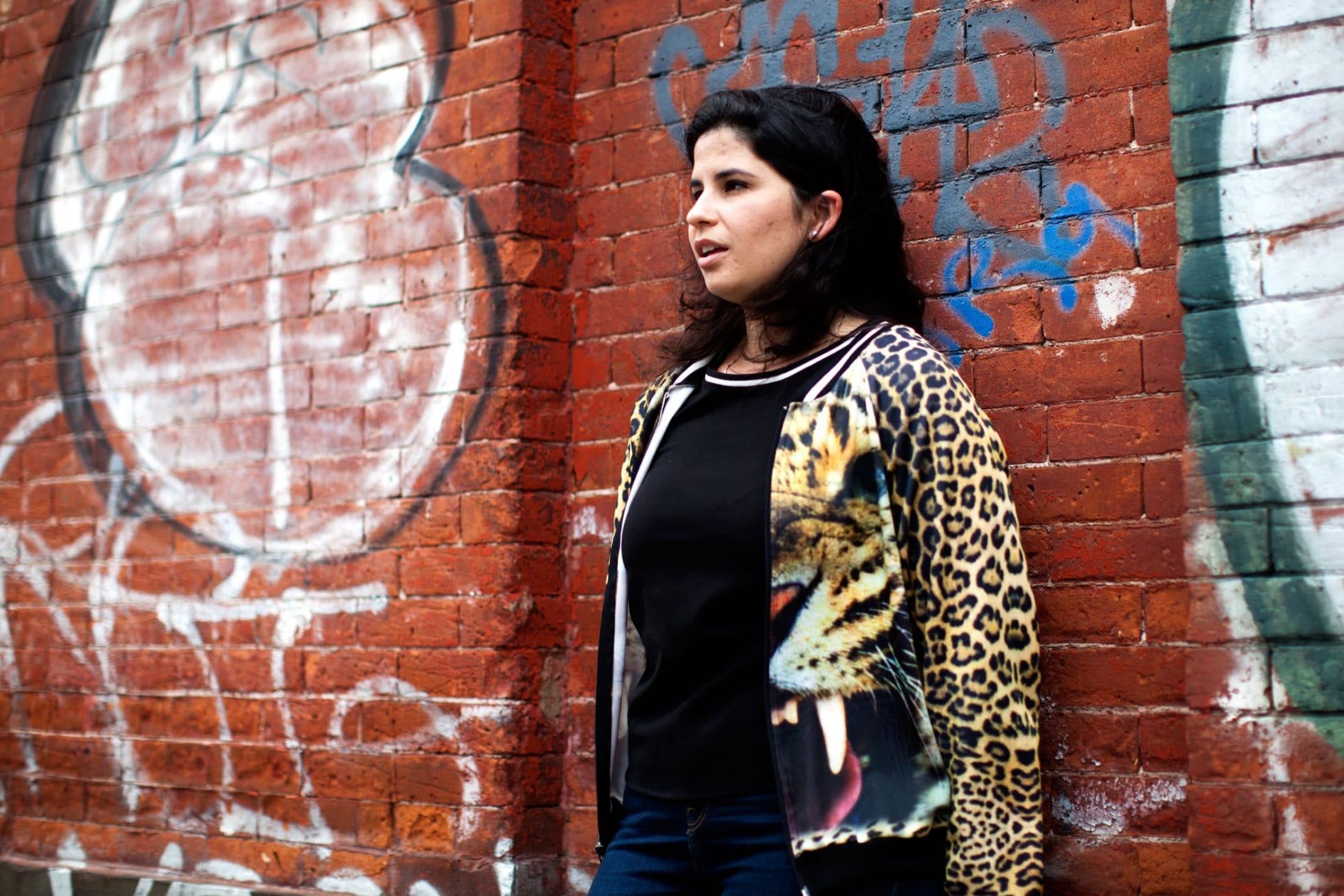
What’s your earliest memory?
I remember when I was 4 years old, I looked in the mirror, and I said to myself, “4 is the same as forehead,” which is not so intellectual, but, I thought, “Oh, language! Words are related to each other.”
My first day of kindergarten, I remember wearing my favorite dress. It’s yellow with different colored flowers on it. I remember the feeling of that day.
I’m from Florida, right near Hollywood Beach. I was in diapers in the ocean. I feel like I was in water before I was really on land. Even now, if I need an escape, water is so therapeutic to me. It probably stems from being a beach baby.
How did Judaism play a role in your upbringing?
My community was Modern Orthodox Jewish. Kosher home, shomer Shabbos. In Miami, it’s a little more lenient. I would wear tank tops and shorts. We always had Shabbat dinner. That was a very, very important part of our life. My family is Eastern European. Food was a huge part of my upbringing and still is. I would go to shul.
All my friends were Jewish. I went to a Jewish day school. My only non-Jewish friends were my dance friends. It was fun to meet other kids that weren’t like me.
I remember feeling like I didn’t really fit in when I was younger.
I don’t know if that’s the nature of the shul being all up in your business or if it was because I really didn’t fit in.
How did you feel different from the people in your community?
My mom passed away when I was a teenager, and that was a very isolating experience for me. I felt like my friends didn’t know how to talk to me, even if they wanted to.
I would only eat glatt kosher, and even the most religious kids in my Jewish day school would sneak out and get fries. I didn’t.
It was so hard to be different in a way that is religious.
I would go to my friends’ dinners and just have water. Or, not go.
Dance has always been an amazing escape for me. I used to do theater, too. One time, our director said something about going through the motions. When you eat cereal in the morning, and you take a bite, and you open your mouth, and you chew your food, you swallow it, then you keep doing that. Have you ever stopped to feel the food between your teeth as you’re chewing? He said, “We’re all just going through the motions, and no one’s stopping and paying attention to that.” I must have been 13, and it hit me, like, “Whoa, you get me.” Dance and theater recognize those sensitivities that I feel. I don’t think they’re so natural to other people.
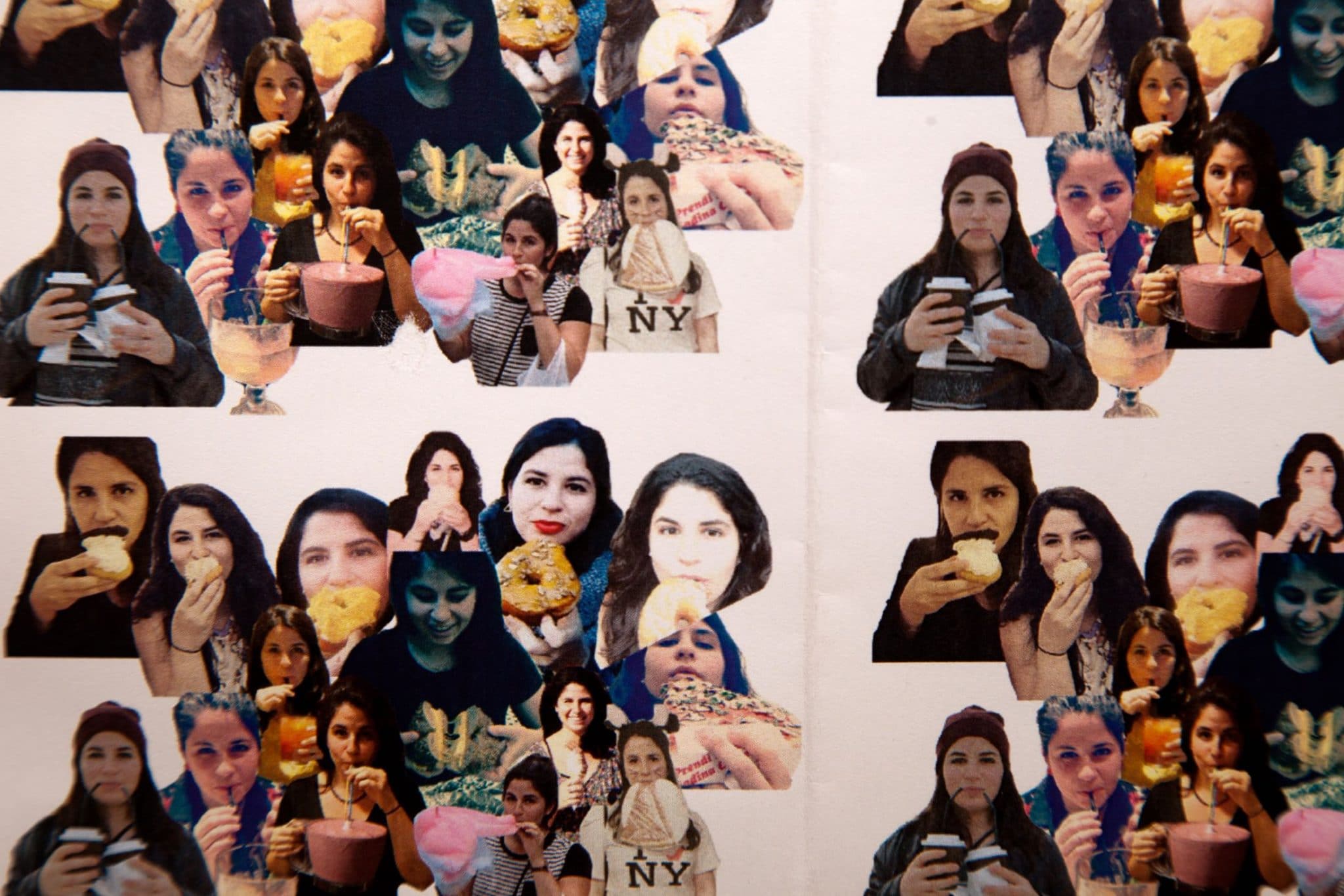
What was it like when you left home?
I went to seminary because I wanted to understand why I was religious. Why am I different from everyone? I wanted to understand the rules. I had so many questions. I felt like this was my chance. I’m a writer, I’m a language person, and I wanted to study the text.
Brovenders is actually quite progressive, because women study the Talmud and Gemara. It was my first feminist interaction with my community, which asked, “Why are you going there? Why don’t you go to another seminary where you can learn how to be married?”
I went from being the most religious to the least religious, but it was a good experience.
I met people from around the world. It gave me a lot of critical thinking and analytical skills and patience. One of the hardest things about that year was that I went with questions and I left with more questions.
What had you been hoping to learn?
Everything.
I wanted to know why bad things happen to good people. Why do I have to do this? What’s the difference between doing something perfectly and doing something with good intentions? I felt obligated to do things because that’s how I was raised, and I felt indebted to my family and all the Holocaust survivors and personal Jewish guilt.
No one gave me answers. Judaism is all about questioning. There are 70 opinions for every question you ask. It’s so important, but, as a teenager, it was horrible.
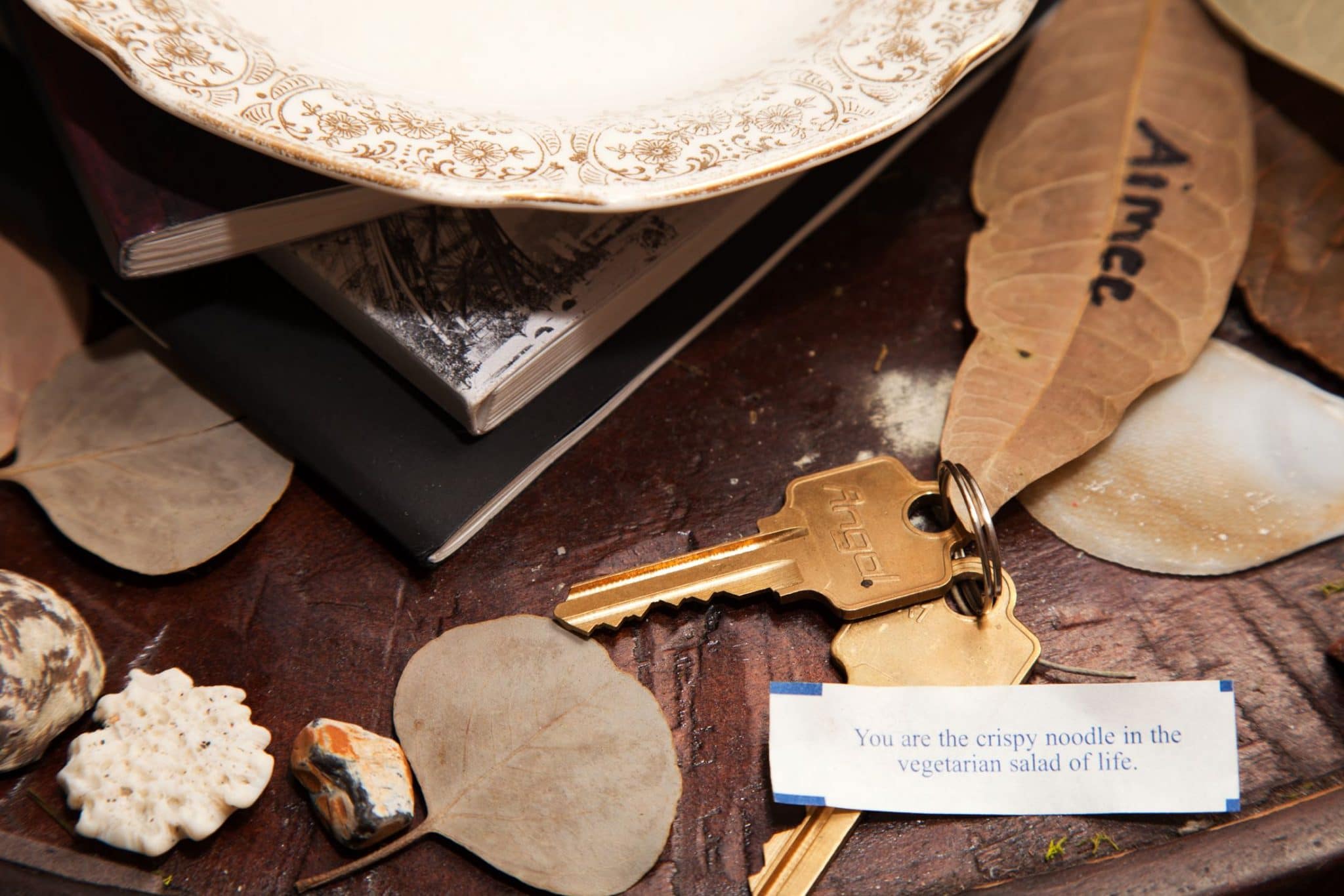
Describe a major turning point in your life.
I had plans to go to college elsewhere, but I got a scholarship to Stern, so, I went to Stern. Money talks. The first 2 years were really hard. New York City as your campus is amazing, but, I wasn’t finding people like me. I felt like I was back in high school.
Then, I found Art History.
I took my first Art History class, and it was mind blowing. Art History kneaded all of my interests together. That changed my whole Stern experience. I started going to all the museums, having amazing internships, the whole world of artists and creatives opened up to me.
I thought, “That’s who I am.” I didn’t know that was acceptable before.
I was flying to Israel and I had a layover in Turkey for a few hours. I left the airport with a random guy, and we took a cab to see Hagia Sophia because I had to see what I just learned about in my Art History course. I loved the way that the windows around the dome were described as a “necklace of light.” I remember standing in Hagia Sofia and looking at the windows, and I remember feeling like, “This is it.” It’s not just researching and being in the library and writing. It’s seeing these things in person that touch you in such an emotional way. I felt so connected. I love art and I want to create those experiences for other people. It was really empowering. Then, I had apple tea with this random person and we got back in a cab and on a plane to Israel.
Who are your favorite contemporary artists?
I love Elinor Carucci‘s photography. Each image is so raw and vulnerable. Her work was the visual anchor of a group show I recently curated about periods. I think her work is so powerful because it is so specific but also so complex. I love Anicka Yi. Her art is all about smells – especially unexpected ones. I love how you can only experience it if you are there IRL. That totally changes how photography and social media document a work of art today. Also, Tschabalala Self is amazing.
Who are your favorite Jewish artists?
There is still a big gray area when people try to define Jewish Art, but I think that’s going to start to change. Hopefully, Jewish art is going to have a clearer, more important place in contemporary art. I’m trying to create that with my own curatorial projects.
My favorite Jewish artists include Yael Bartana, Mierle Laderman Ukeles, and Chloe Wise – women who are creating work that explores Jewish rituals and traditions, our ancient philosophy, and pop culture.
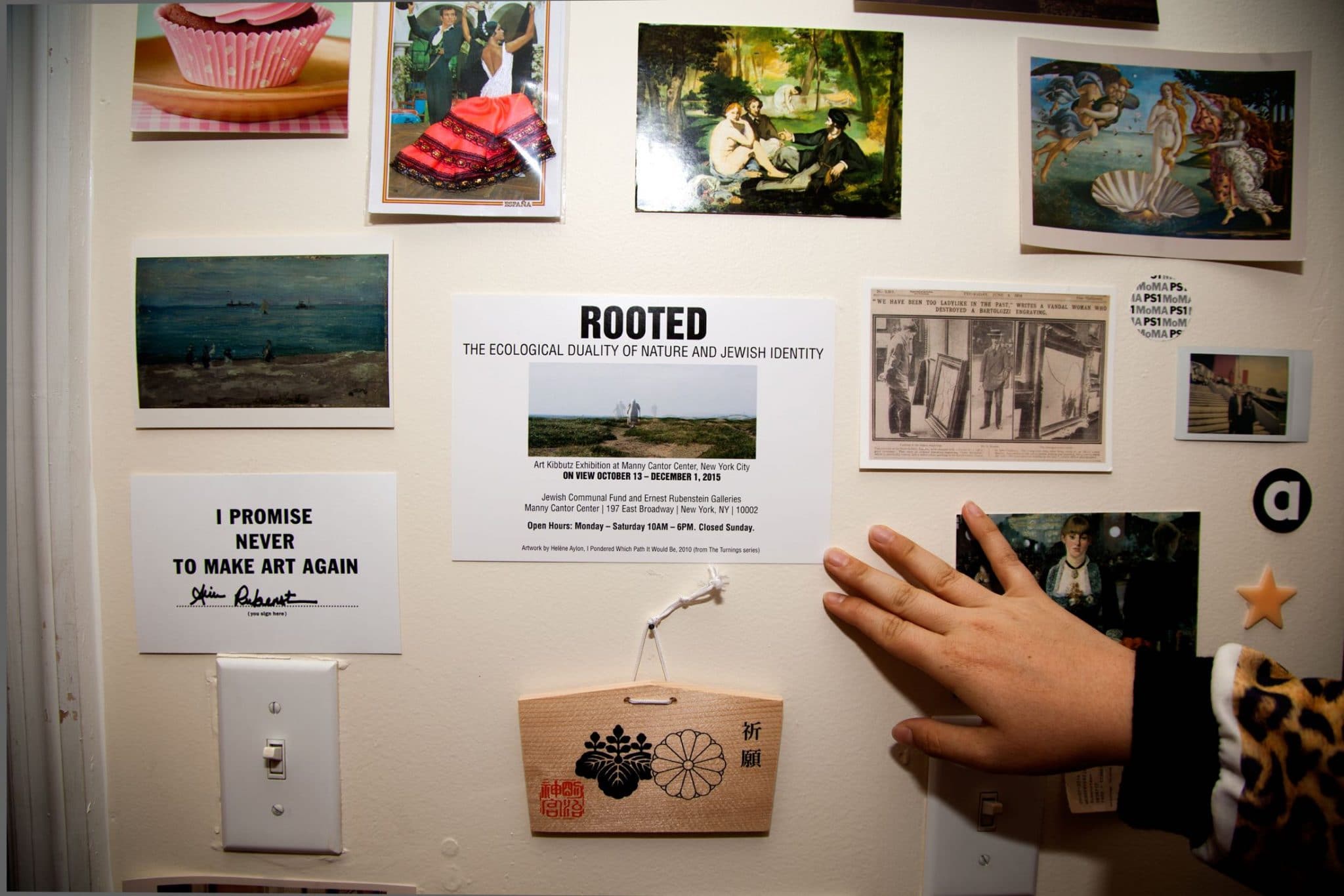
How does Judaism play a role in your daily life?
My roommates and I host a lot of people for Shabbat dinner. That’s a huge part of my Jewish experience. It’s so fun to see how all of our friends have intermingled and connected.
Someone said to me: “Practice without judgment.”
If, one Shabbos, I want to go to shul three times a day and come home and eat cholent, that’s cool. If I change my mind the next Shabbos and I want to bike to the park and do whatever, OK. I don’t have a specific label for myself right now. I don’t know how it will evolve for me.
I don’t know how Modern or how Orthodox I am. I think the term is an oxymoron. You can’t follow Jewish law and be in the modern world. For me, as a woman, it just doesn’t make sense. I’m a product of the Holocaust. How do I identify my Judaism and my identity with something as heavy as that? I’m still figuring that out.
What do you value in your friends?
Being present. Having a mutual connection where you feel like someone gets you and you get them.
I’m really grateful for my friends. My friends are my family.
I have friends from when I was younger who knew me when I was sad and angry, and I have friends now who only know me as super driven and ambitious and they think I’m a social butterfly and don’t realize that I’m so introverted. Having friends who acknowledge that there are different parts of me is really important.
Also, having friends to eat good food with. If you don’t like food, I don’t like you.
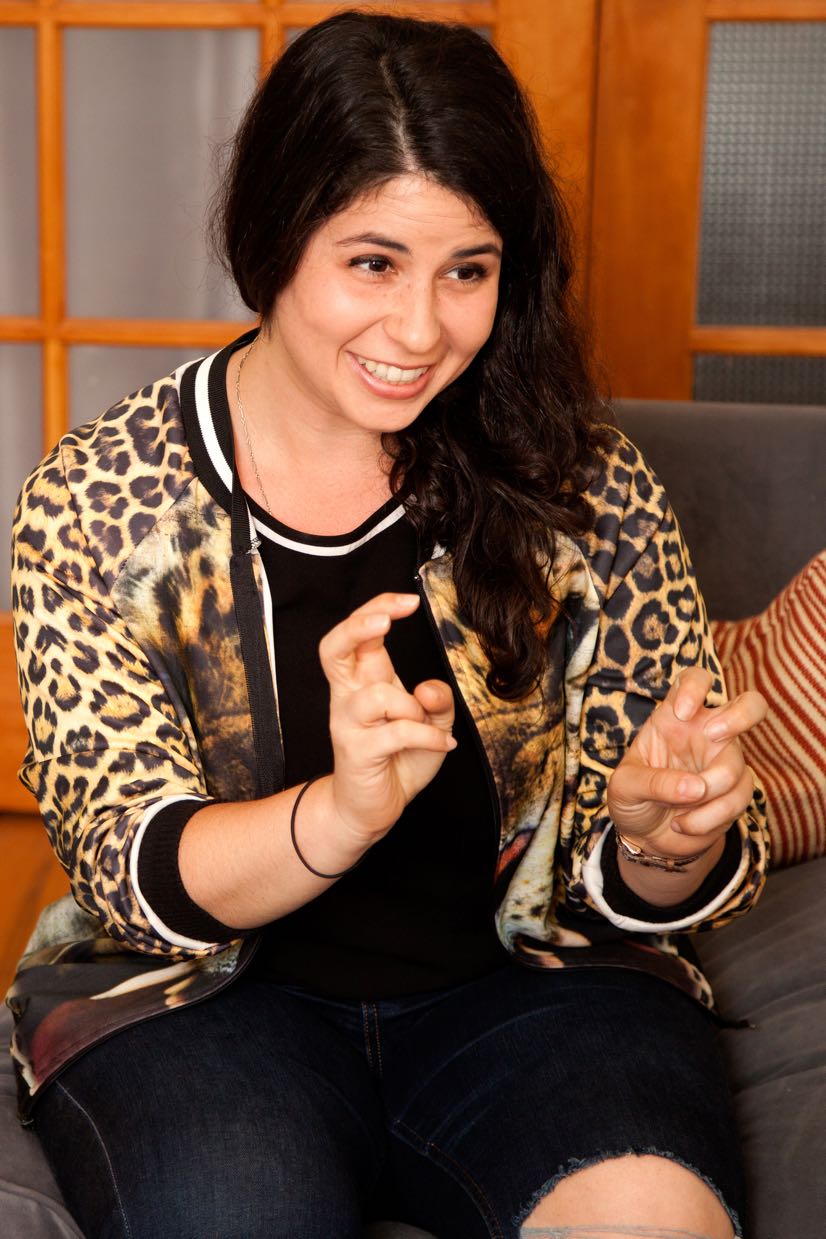

Which historical figure do you most identify with?
Gertrude Stein. I want to be her so badly. Gertrude Stein was a tastemaker in her day. She was friends with Picasso and other artists and poets. She was the glue that brought all these people together. She’s such a powerful woman. Love her.
Who are your favorite writers?
I just read Ways of Curating by Hans Ulrich Obrist, and it was incredible. His book is about curating in unconventional spaces and in unconventional rhythms. He writes about this idea that curators aren’t creators, they’re actually building and filling the gaps for artists, and that’s exactly what I see myself doing. I just read The First Bad Man by Miranda July. What a weird, wack book, but, so good.
What’s your favorite place in the world?
The sky. I love flying and being in the clouds.
Photos by Jake Fromm
Thank you for visiting Arq!
Arq is no longer publishing new content. We hope you'll enjoy our archived posts.